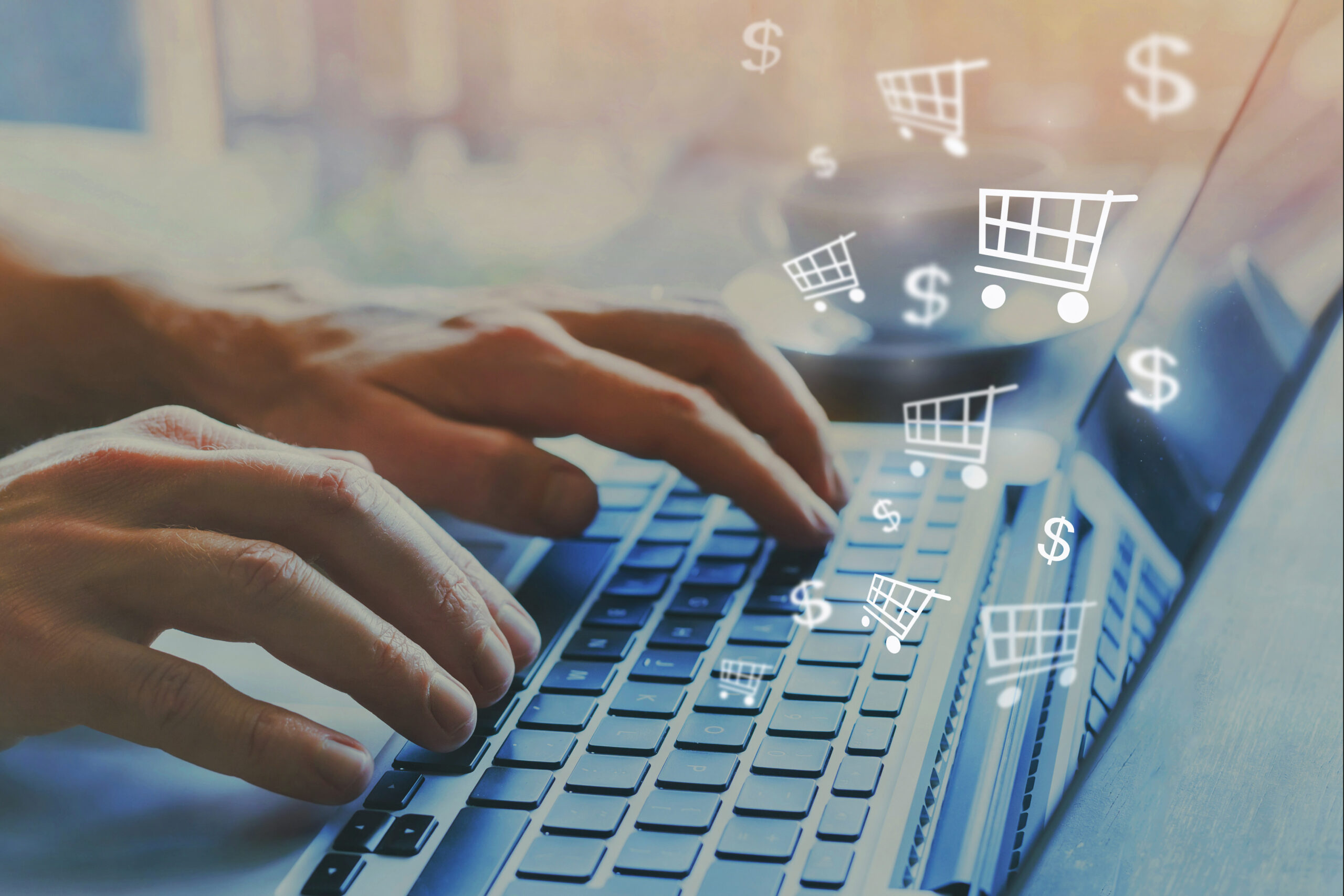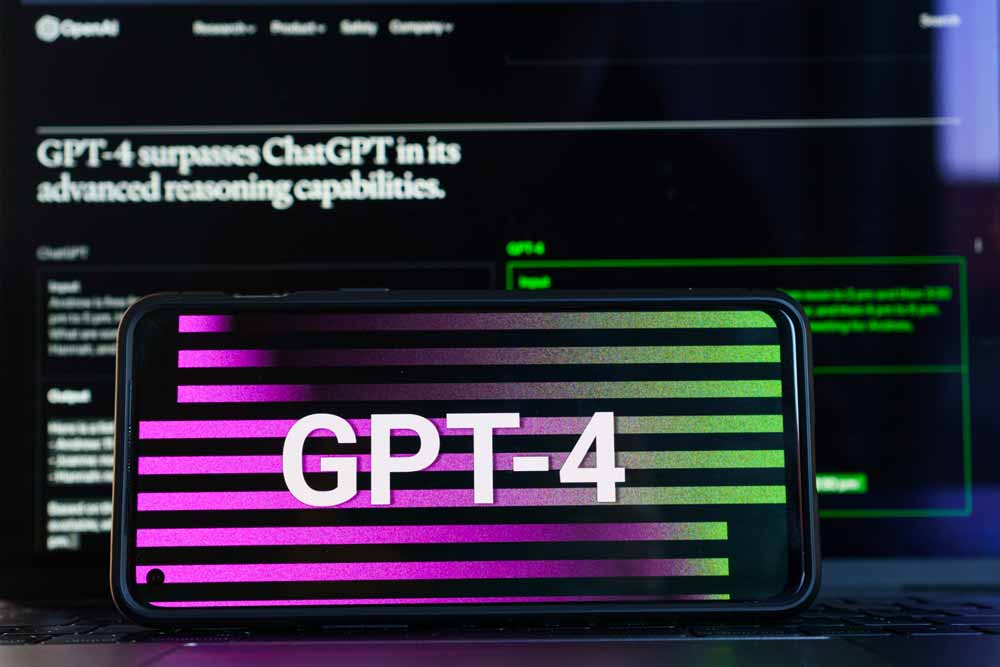Tabella dei contenuti
Today, the most popular digital payments are recurring payments and installment payments, a reality that is increasingly increasing the e-commerce business and beyond.
The recurring payment is generally proposed for the sale of a subscription service to be renewed every certain amount of time, for example every week, every month, every six months or once a year.
On the other hand, the payment by installments is a type of payment that in most cases concerns both high-cost and low-cost products or services.
If a customer decides to pay an amount in installments, he does so because this method of payment makes him safer due to the possibility of paying a small amount. With the payment in installments, the customer can take advantage of his purchases without stopping over time, as if he had paid in full for the service, instead carrying out his transactions gradually.
To attract customers, an e-commerce could offer an installment payment plan with a subscription that can be interrupted when it sees fit. By adopting a “consumer oriented” approach, the customer avoids the dreaded automatic renewal, asking him at the appropriate time by e-mail to proceed with his payment.
The subscription, which can be terminated at the customer’s decision, compliance with the security criteria of a site and payment gateways, make e-commerce a reliable and democratic service.
Recurring payments and installment payments ensure business growth, reducing administrative costs and allowing store owners to know very important details about their customers’ behavior. How? By doing an RFM analysis: it is a technique that segments customers and focuses on the number of the best customers, examining how much each customer has purchased in the last period (recency), the stability with which the customer buys (frequency), and his spending media (monetary).
The recurring payment for an e-commerce: strategies and advantages for customers and platforms
Recurring payment is a solution that generates many benefits to e-commerce platforms that sell subscription services.
For those who work with subscriptions, therefore, it would be useful to follow the so-called “subscription model“, a marketing strategy that ensures a constant flow of revenue and customer loyalty.
The subscription model is divided into two branches:
- the replenishment model: it is based on the concept of convenience and allows customers to order in advance the purchases they are interested in, without repeating the operation when they need it again.
- the discovery model: it is a strategy aimed at surprising the customer with new gifts every month, such as offering, together with the service already purchased, another additional service for a set period of time.
Among the advantages of the subscription model are: revenue flow forecasts, reduction of customer acquisition costs (it is often cheaper to meet the needs of an existing customer than to acquire new customers), and brand strengthening through different touchpoints (contact channels between company and customer).
The benefits of recurring payment for e-commerce
The advantages for an e-commerce that offers recurring payments are many. Here is a list:
- Offer more scalable services
- Avoid non-payment of customers
- Incentive customer loyalty
- Simplify transactions
- Estimate future revenue
But which are the useful providers to offer users the possibility to choose the method of recurring payment on an e-commerce? Here are a couple of well-known names and their advantages:
- MoonClerk: it is a provider with a simple and fast configuration, it does not require a commercial account or coding intelligence to be used. It works on both mobile and desktop.
- Braintree: Used by platforms such as Airbnb and Uber, this popular provider accepts numerous credit cards such as PayPal, Bitcoin, Android Play, Apple Play, Venmo, ACH, Union Pay. Braintree has very efficient reporting tools, has several multi-currency options, as well as many add-ons, but the feature that appeals to ecommerce managers is the fact that it doesn’t charge any fees for the first $ 1,000,000.
Finally, we remind you that the providers of recurring payments offer the possibility for users to retrieve the cart page that is often abandoned before making a transaction. This allows you not to repeat all the previous steps to complete the online purchase.
Installment payments for e-commerce: the Buy Now, Pay Later method
Even the installment payments for e-commerce reserve many advantages both from an economic point of view and from a technical and managerial point of view.
The convenience, security, business of an online shop can reach levels of excellence, thanks to the payment in installments, which is able to make merchants intercept new potential customers and also to build loyalty acquired customers. Let’s see how.
Payment in installments is part of the Buy Now, Pay Later logic.
The deferral of online and offline payments is an innovative service offered by specialized companies that undertake to manage the transaction on behalf of merchants.
The Buy Now Pay Later is a very fast and above all free payment method for the buyer; it is also a very flexible method because the user can choose how many installments to defer his payment. In all this, there are no economic risks for the merchant, because thanks to the specialized companies that offer the service in installments, he is able to immediately collect the amount due to him for the sale made.
The global success of the installment payment method is demonstrated by the recent announcement by Apple, which from the second half of 2022, in conjunction with the launch of the new iOS16 operating system, will begin selling its products with the Buy Now, Pay Later formula. without interest or additional costs. The Apple Pay application will allow payments through the Mastercard network.
Payment in installments in practice: what an e-commerce must do to offer innovation
Which installment payment systems to use with platforms like Magento2, Shopify, WooCommerce, Prestashop, Opencart, Salesforce?
Among the most well-known providers that provide payment systems in installments are Scalapay, a very popular Italian service in the sports and fashion sector, Clearpay which is the most popular Australian fintech, and again Klarna which records about 2 million transactions per day.
It is important to remember that the Buy Now, Pay Later method is not just an e-commerce strategy. In fact, one of the fundamental secrets for increasing brand awareness and brand reputation is to merge the digital experience with the physical experience, thus adopting a multi-channel approach.
If a brand has the opportunity to offer BNPL both online and in a physical store, it certainly has more opportunity to be chosen by customers, because it automatically offers them the opportunity to improve their shopping experience.
Who chooses payment in installments? Here is the target to keep an eye on
Payment in installments via e-commerce is mainly chosen by generation Y and Z.
Young and very young people, although very attracted to online purchases and subscriptions, do not always have a substantial economic availability, and for this reason, in recent years they have shown themselves increasingly interested in products and services that can be purchased in small installments.
Generally, faced with a large amount to pay in a single solution, millennials and zoomers visit an e-commerce, reaching the cart page but then abandoning it. With products and services payable in installments, this is not the case. The behavior of potential customers is therefore directed towards the goal of the sale, making the new generations conclude the online purchase cycle.
It therefore follows that payment in installments favors an increase in the conversion rate and the value of the average shopping cart of an e-commerce.
Finally, as already mentioned above, the shopping experience offered by payment in installments is a better experience if the customer has both an e-commerce and a physical store available, but also when, using their tokenized card, he does not need to enter his details every time he pays an amount. Thanks to the efficient features of the providers, the data useful for the payment are already stored on the e-commerce cart after the transaction of the first installment.








